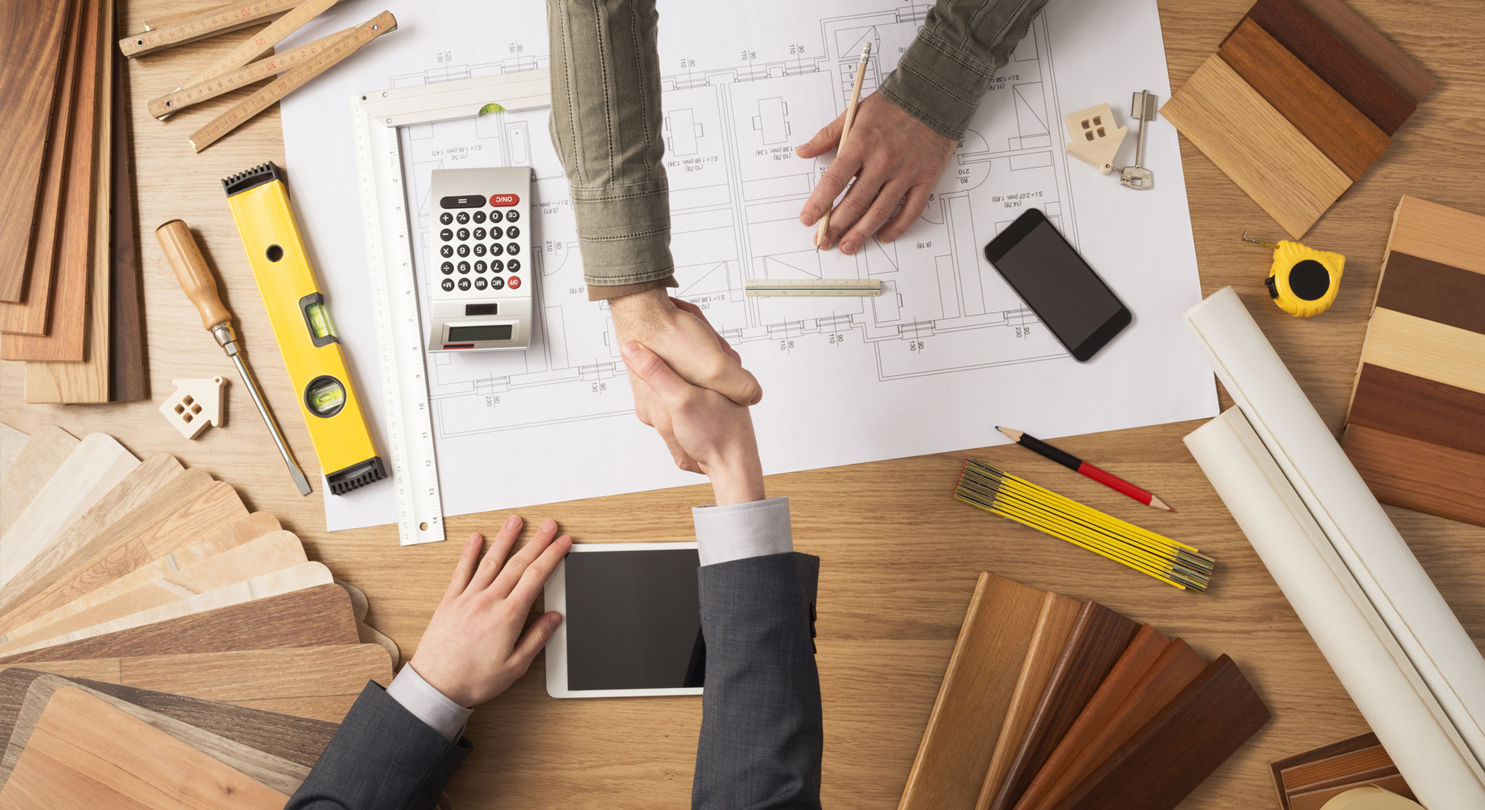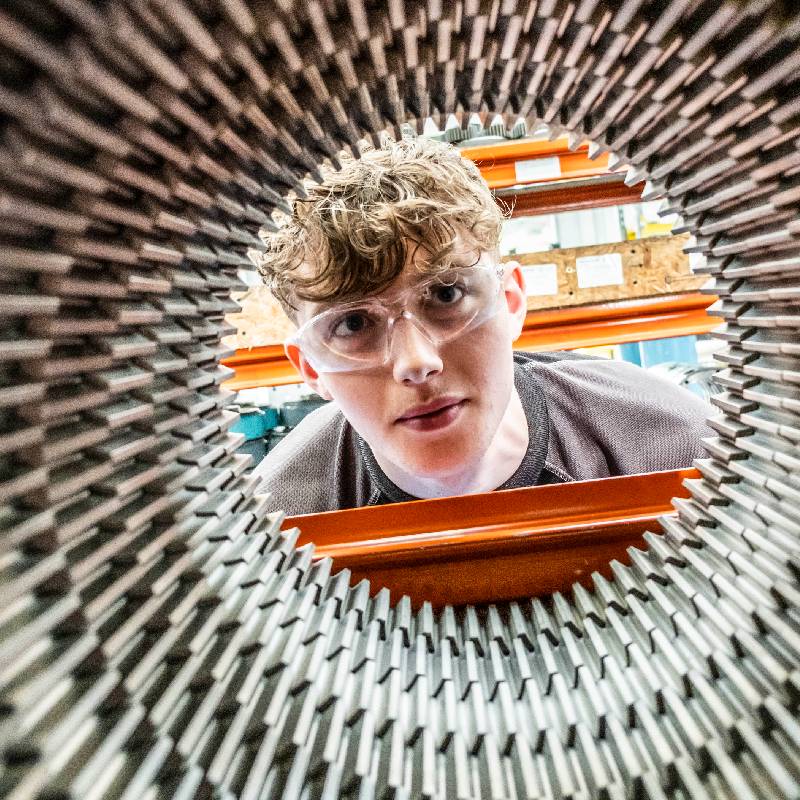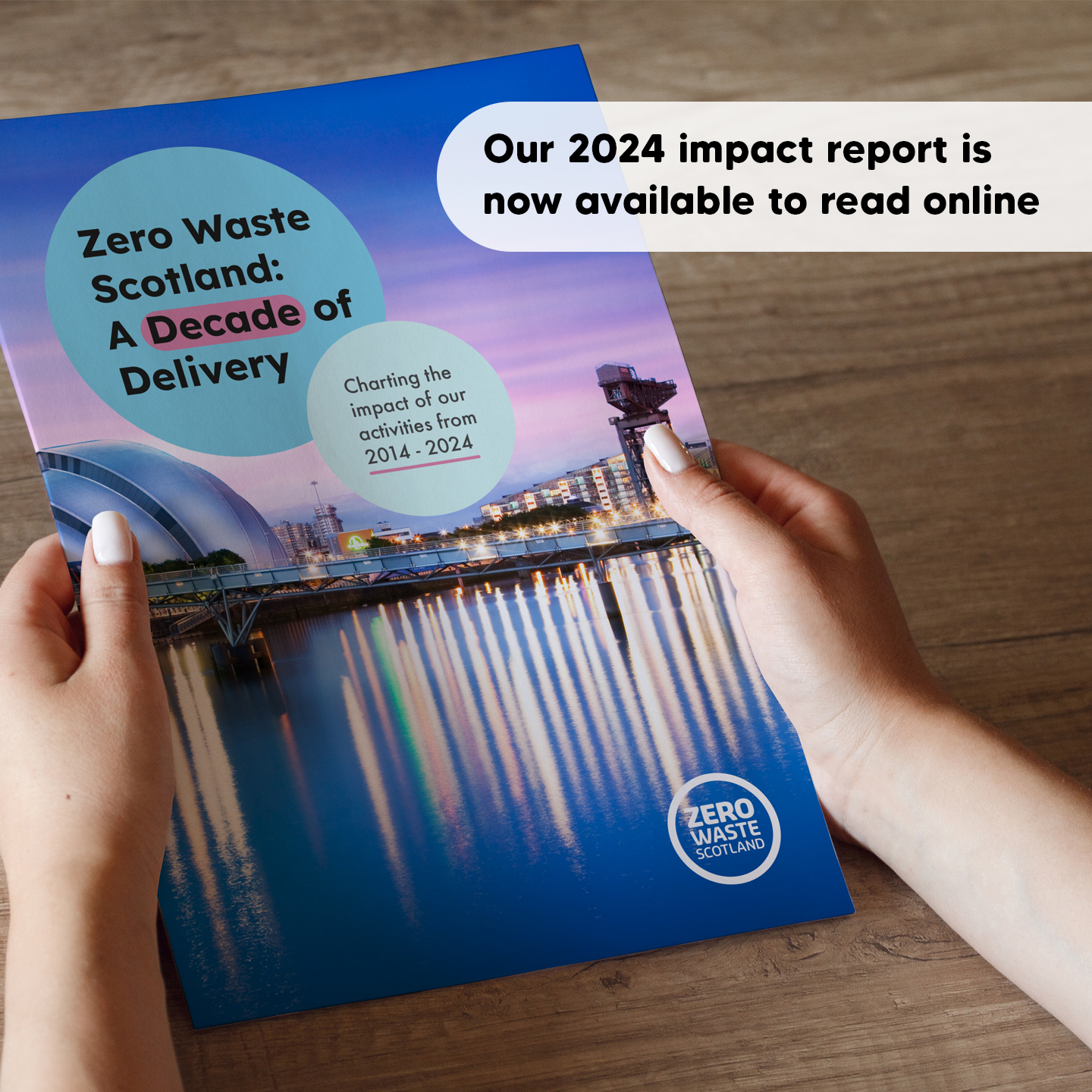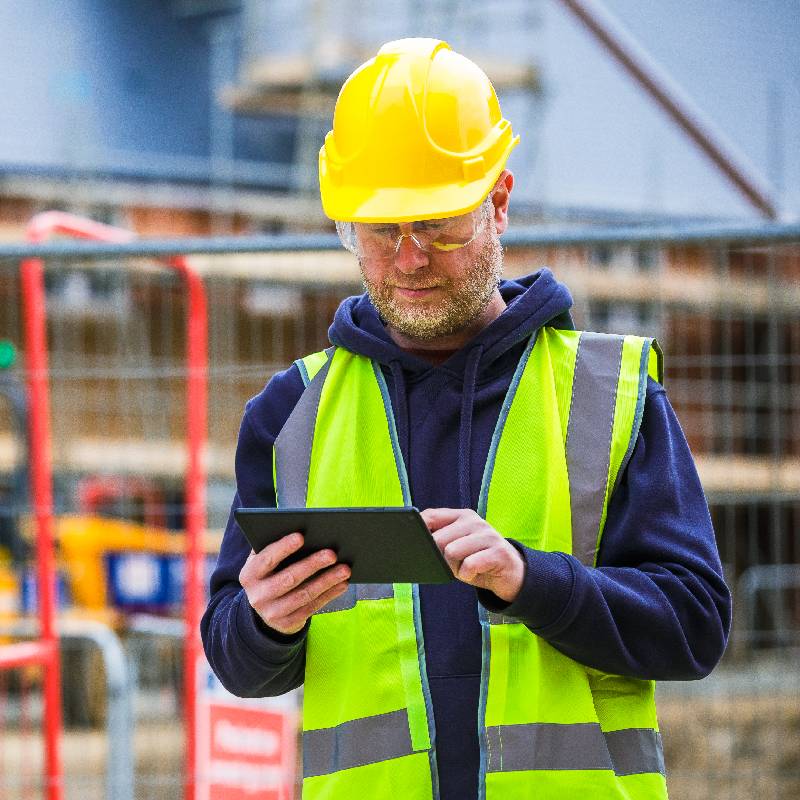
Construction resource library
A central source of information around policy, regulation, Good Practice, implementation, training, case studies, articles, publications and presentations.
A circular economy is about retaining the value of all products and materials for as long as possible. Ideally it is a closed loop system, reducing non-renewable raw material input, and minimising any ‘leakage’ of materials out of the system.
It is an approach that needs to be designed and planned for, so we can move from our current linear economy approach to a circular economy. We can apply this circular economy approach to how we plan for, design, construct, maintain and replace all of our buildings and infrastructure.
Construction Resources for the circular economy
The 'Construction Resources for the circular economy' guide signposts:
- Drivers;
- Policy and regulation;
- Good practice guidance;
- Implementation tools;
- Training resources;
- Case studies; and
- Publications and presentations.
The concept of a circular economy approach to construction can be explained through 10 principles which we believe can be applied to all aspects of building design and placemaking activities to deliver a wide range of benefits. The principles and supporting resources are detailed for the following:
- Collaboration
- Whole life value
- Health and wellbeing
- Long Life / Loose Fit
- Low carbon
- Smart construction
- Material recoverability
- Design Out Waste
- Circular products and services
- Material management
Resource Efficient Housing
Professor Sandy Halliday of Gaia Group presents on Resource Efficient Housing for 2020. The research was intended to reveal how the construction industry can deliver affordable, resource efficient housing. The presentation reviews the impact of the construction industry and new concepts that can assist in supporting efficient use of resources and pollution avoidance, providing a brief for a resource efficient house.
Circular Economy building assessment, accreditation and performance evaluation
Do we need a circular economy performance assessment for the built environment?
The need to adopt a circular economy approach to our built environment has arisen in response to the negative environmental and social impacts of the current ‘take, make and waste’ linear economy. This linear economy approach has been one of the underlining factors that has led to the current climate emergency. A significant aspect of building circular is to reduce the built environment’s impact on climate change by reducing carbon emissions. There is currently a huge drive in the industry to slash operational carbon – a key component of many sustainable certification schemes – but generally comparatively little thought is given to embodied carbon. So, despite industry progress in reducing operational carbon, embodied carbon is expected to increase as a proportion of a building’s total emissions.
Embodied carbon in construction – setting the scene for Scotland
Environmental impacts of buildings and infrastructure, including the greenhouse gas (GHG) emissions that contribute to climate change, can be linked to all stages of a building’s lifecycle. Extracting raw materials, transforming them into products, transporting them to site, the construction process, use and maintenance, and demolition and disposal activities all demand energy. A substantial proportion of this energy is currently derived from fossil fuels, and therefore such activities are direct drivers of GHG emissions.
For decades, policy and regulations designed to target GHG emissions from construction have been primarily focused on energy demand for heating and powering buildings during their operational lifetimes. Little attention has been paid to the emissions associated with the materials and processes required to construct, maintain and ultimately decommission the buildings. These two categories of emissions are referred to as operational carbon (heat and power) and embodied carbon (everything else) respectively. The term ‘embodied carbon’ can be interpreted differently depending on perspective and project information and data.
Consider carbon cost of construction - Podcast
Zero Waste Scotland’s construction programme manager Stephen Boyle appeared on a Canadian-based podcast exploring the latest developments in buildings and design. The Prairie Design Lab is a podcast on ideas, design, and culture, in collaboration with former CBC journalist Terry MacLeod. Stephen spoke about the benefits of thinking circular when it comes to construction and pointed to examples of Scottish businesses leading the way.






